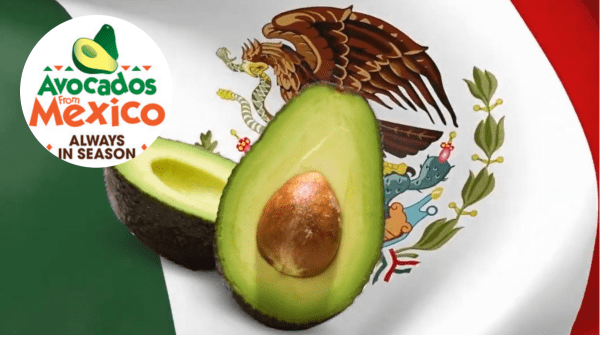According to the U.S. Department of Agriculture (USDA), the U.S. avocado consumption has more than tripled since 2001 with about 90 percent of all avocados eaten in the U.S. coming from Mexico.

Mexican avocado exports to the U.S. are expected to reach an estimated $2.7 billion for 2024. U.S. production is concentrated in California, which accounts for around 90 percent of domestic production, according to the California Avocado Commission (CAC) BB #:145028.
Hawaii and Florida make up the rest. But California’s industry only meets a fraction of the immense demand.
“We’re just a teeny-tiny player now in the big picture,” said Mary Lu Arpaia, a subtropical horticulture extension specialist at the University of California, Riverside.
California’s avocado production peaked in the early 2000s and has fallen in both production acreage and yield since, according to the CAC.
“The cost of production here in California is very, very high,” said Arpaia. “We have resource limitations on water availability and water quality. Real estate is very expensive.”
The problem isn’t unique to avocados: U.S. agriculture production as a whole has been shrinking. The USDA reports that imports are exceeding exports for the first time in history.
“Mexico will almost always be an efficient, low-cost producer,” said Richard Sexton, a professor of agricultural and resource economics at the University of California, Davis.
More than 80 percent of Mexico’s avocado exports go to the U.S., and its industry is still growing. In 2022, Jalisco became the second Mexican state to meet certain requirements allowing it to trade its avocados with the U.S., opening up more opportunities for other farms and additional fruits to flood the market.



